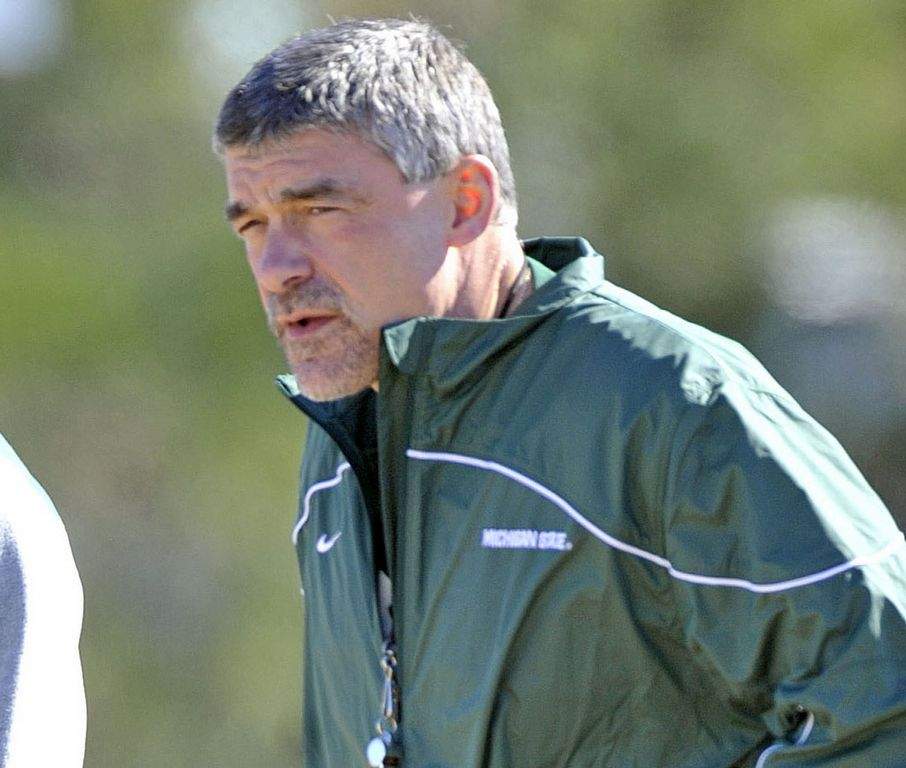Preparing Athletes From the Neck Down & The Neck Up

Be a Team Player
Despite what the formal Wichita State Strength & Conditioning job description specifies, part of my responsibility is protecting the WSU teams’ integrity from opponents and from within. This may mean preparing the team for the physical and mental difficulties that they will face on the field/court/course. This also means setting up the athletes for future success by developing leaders within the team. I do both tasks by addressing a multitude of different facets within our Strength and Conditioning program.
Physical Preparation
I proud myself and our program’s integrity by our efforts of staying on the edge of current research in the strength and conditioning industry. The monetary, time, and effort sacrifices made by myself and our staff to continuing education, attending seminars, dissecting research and connecting with the best in the strength and conditioning field is well worth the effort. Our athletes are training using cutting edge methods, research based methods in combination with a series of philosophies and principles that guide our program.
The strength & conditioning program at Wichita State is focused on two central goals. First, our program is based around injury prevention, and secondly, enhancing the development of performance potential. We accomplish the first goal through utilizing the latest researched based modalities and recommendations of training. We take the clinical research and the “in the trenches” experiences from colleagues like Mike Boyle, Bret Contreras, Gray Cook, Stuart McGill, Eric Cressey, Mike Robertson, Bill Hartman, and an ongoing list of other professionals who are all exceedingly the smartest people in the field.
Mental Preparation
We accomplish our second goal, enhancing the development of performance potential, by using strategies that affect the neck down and the neck up. When I write about affecting the “neck down”, I mean training the body from a physiological standpoint using multi-modality, multi-joint, multi-planar, and multi-set approach. Our training is extremely physical but is appropriately periodized around the competitive needs of our athletes. The often missing component of a team based strength and conditioning program, is affecting the “neck up” or the mental component of our athletes.
Having worked along the side of sport psychologists, we utilize our strength and conditioning environment to empower our athletes by continuing raising the bar and expectations and allowing them to compete against their self, their willpower, and their fortitude. We’ll do team challenges that force our athletes to rely on the strength of the team rather than the strength of one individual. How many times have you heard that? I want our athletes all walking in lockstep. I’m not interested in developing a collection of individuals who all play the same sport; I want to develop the best TEAM. Watching fellow teammates struggle, compete, and fight through adversity allows for the team to bond through shares adversity and struggle.
The Mental Component to Training Athletes
We instill our Wichita State athletes with four strategies to help them overcome the fear, anxiety, and struggles of competing at an extremely high level of performance. These four strategies are the same methods that highly trained Navy Seals use while during training missions and in field combat operations.
Goal Setting: In the same way that Navy Seals go through the daily grind of BUDs by micro-goal setting, we encourage our athletes to micro-goal set. I do expect an athlete to go from pressing 100lbs to 300lbs overnight, but we set up micro-goals for accomplishing feats of strength and condition. Can we add 0.5lbs to the bar today? Can we add another 0.5 the next training session? These micro-goals add up over time and make the most impossible tasks seem palpable. I encourage our athletes to do the same while competing. Setting up micro-goals for competition allows athletes to remain focus of the mission at hand, or the micro-goal, while the chaos of the competition ensues.
Visualization: I want our athletes to visualize having successful outcomes and achieving their micro-goals. Successful sport performance and sport psychology research has a strong correlation with the use of visualization strategies in preparation for competitions. Whether the means our athletes use visualization to “see” themselves successfully executing the exercise or achieving success through micro-goal setting.
Self-Talk: We don’t allow our athletes to use negative self-talk. We train our athletes to continue using positive self-talk even while struggling through the most rigorous adversity and struggle. We know that humans use a high rate of self-talk while completing tasks. If we can train our athletes to use positive self-talk while accomplishing or struggling through tasks, it helps our athletes remain confident and allows for their will and fortitude to not diminish.
Arousal Control: There are times that we setup impossible goals for our athletes and ask them to continue attempting to achieve the criteria. We do not do this to be mean, cruel, or punish athletes. We do this to train their mental capability by giving them an opportunity to control their arousal. I often train this arousal control mechanism under the guise of competition. During these “mental training” drills, I will routinely call out winners who clearly did not win a race in order to test the arousal control or fortitude of the athlete who should have won. Some athletes react by competing harder on the next race – these athletes pass the mental test and understand how to control their arousal. Other athletes who fail to recognize their emotions will react with anger by thinking I’m being unfair. With these athletes, I will share the identity of the true nature of the mental drill. The drill or mental exercise is about controlling and channeling this arousal in a nature that is productive. It’s showing that the athlete has the maturity to understand that not every call the umpire or referee will be fair. I hate to say this but not every call in sports goes your way and it’s up to the team and the athletes to respond maturely and professionally.
Conclusion
These are just the few ways we continue to train our athletes to be some of the best in the Missouri Valley Conference. I believe it is the mission to train our athletes to be both physically and mentally prepared for the challenges of competition ahead. It’s my coaching philosophy to
“Know the person, teach the student, train the athlete, motivate the competitor and lead the player.” Whether all those responsibilities are actually in my job description, I don’t mind taking them on. It’s part of being a coach. It’s part of my passion.
